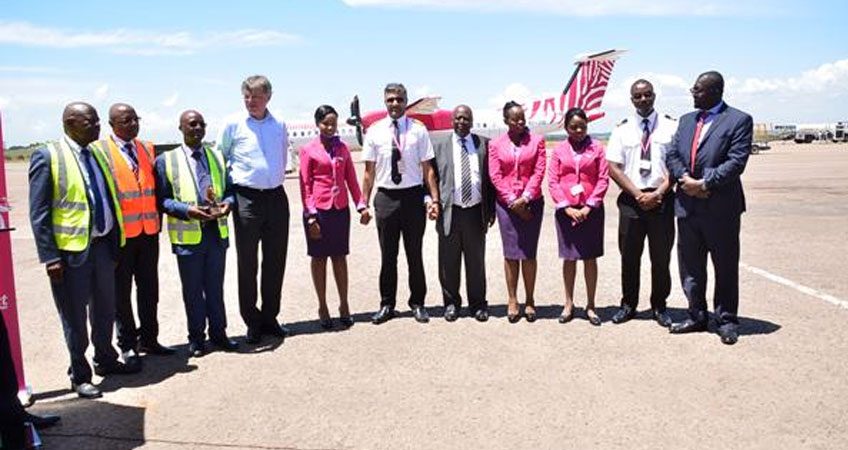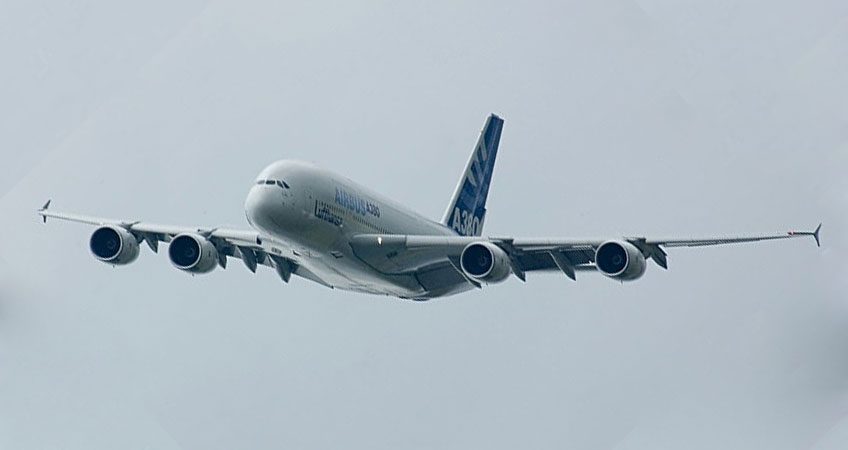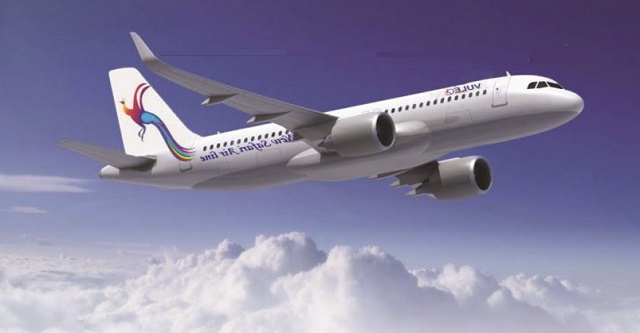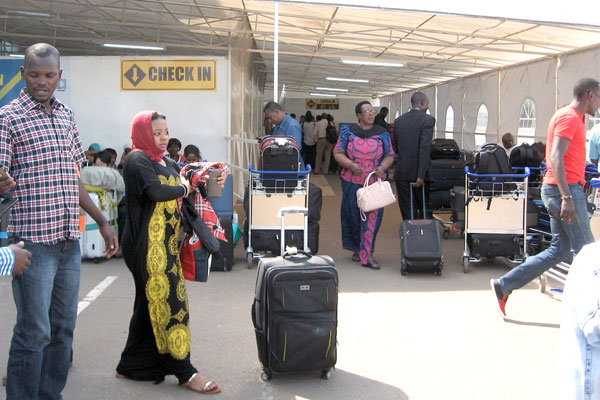| with Dr. Eyul TK James, an Aviation and Public Health Specialist,
(MBChB, Msc CHHM-Heidelberg, AvMed-London)
Question: If I have my passport complete with a visa, why should you ask for medical documents at Entebbe Airport?
Answer: It’s always prudent to find out information about the destination you are heading to. Countries have different health requirements for people entering their territories and many countries require authentic proof of vaccination against yellow fever. This is a requirement by World Health Organization (WHO) under the International Health Regulations (IHR 2005) Annex 6 & 7.
Uganda is near the Equator and therefore it is in the yellow fever belt alongside a few other countries like Brazil. Some countries like South Africa, Tanzania, Kenya, India, China and others wouldn’t permit someone originating from Uganda without the yellow fever vaccination card. World Health Organisation updates these countries every year and a traveller can check for the information from the WHO website. In the past, many people were also known to have forged yellow fever vaccination cards for purposes of travel and some of these cards have been detected in foreign countries, which has tainted the image of Uganda and its medical practices. This is one of the reasons checks at departure for the authenticity of the yellow fever cards were instituted to curb the vice. The Ministry of Health (MOH) vetted and signed a Memorandum of Understanding (MOU) with 22 health facilities under its supervision to administer the yellow fever vaccine. This is in line with the Public Health Act.
Question: Are passengers arriving in Uganda also required to have yellow fever vaccination cards?
Answer: Passengers arriving in Uganda are also required to present authentic vaccination cards. Uganda is in the yellow fever belt and in the past few years there were some outbreaks that were well controlled by the Ministry of Health in conjunction with partners like WHO and CDC. Currently, arriving passengers without vaccination cards are vaccinated at their own cost (about USD 40) and issued the international vaccination card.
At the moment Uganda does not isolate vaccinated passengers on arrival like some countries do, but advises them not to travel to areas with thick forests that harbour mosquitoes that spread the disease before the elapse of ten days during which the vaccine becomes protective against the disease.
Question: Which passengers are exempted from travelling with yellow fever vaccination cards?
Answer: Pregnant women, babies below one year and persons with HIV/AIDS having a CD4 count below 200 are cleared by authorities to travel without yellow fever vaccination cards. Some people above the age of 60 years and others that are allergic to egg proteins have also been known to develop some minor skin rashes. Such people need to alert the health authorities and seek for an exemption letter to that effect.
Question: For how long does the yellow fever vaccine provide protection?
Recent studies by WHO have shown that the vaccine can protect someone for life. Uganda adopted this policy effective July 2016. However, one should show proof of vaccination whenever they are travelling to a territory that requires it to avoid being vaccinated again. This does not cause any harm, but leads to unnecessary expenditure. Travellers are advised to handle their yellow fever vaccination cards the same way in which they handle their passports.
What should I do if I am travelling to a country with a cholera outbreak?
Answer: You should get vaccinated against cholera. The World Health Organisation monitors all countries and issues alerts. It is important to read about a country you’re travelling to. Cholera is transmitted through feaco-oral route. Good sanitation practices and eating hot food can prevent one from getting it.
Question: Are tuberculosis (TB) patients permitted to travel?
Pulmonary Tuberculosis (infecting the lungs) can easily be spread to other passengers in the aircraft. As the sick passenger with PTB coughs, neighbouring passengers can inhale the bacteria droplets and if their immune system is not strong enough, they may develop the disease later on. The jet engine air circulation system does not filter the bacteria and therefore re-injects it back into the cabin. Passengers at the active phase of PTB are not fit to travel for this reason. They are fit to travel after completing at least 4 weeks of an intensive phase of anti PTB treatment and the sputum test shows negative.
Question: Why would you stop pregnant women from travelling yet they are still strong and go about their work normally until the final week of pregnancy?
Answer: According to most airlines, pregnant women can travel by air up to a maximum of 30 weeks of their pregnancy. Some airlines may accept up to 33 weeks if travel time is short (like a one hour flight). At high altitudes there is reduced oxygen supply (up to 60% in pressurized aircraft), reduced humidity and reduced pressure. Studies have shown that a 26 weeks pregnant uterus, subjected to the conditions mentioned above, contracts. This literally means going into labour aboard an aircraft. The risk of contraction increases with the weeks of pregnancy, duration of flight, complications of pregnancy such as pre-eclampsia, multiple pregnancy, previous Caesarean delivery, and the like. A fit to fly check for pregnancy (and for other sickness) is done at the airport a few minutes before checking in/flying.
Question: My son is anaemic, is it ok to travel with him to London?
Answer: Depending on the level of anaemia, passengers with moderate to severe anaemia are not fit to fly. As you ascend to altitude, oxygen molecules become less. Oxygen gas has weight and as such gravity pulls them towards the earth surface compared to altitude. Modern air pressurized aircraft generate oxygen, which they have so far achieved equivalent of about 60% of oxygen on the ground. Normal humans adapt quickly to this and do not suffer any effect. However, an already anaemic passenger would suffer from lack of oxygen (hypoxia) and would go into coma unless diagnosed quickly and given supplemental oxygen.
Question: I am usually tense when I go on business trips and sometimes even my blood pressure shoots up. Is it advisable to travel when my pressure is high?
Answer: It is risky to travel when your blood pressure is very high. It’s advisable to reschedule the flight and stabilize the blood pressure before you travel.
Question: There are many cases of patients referred for treatment abroad, how do you expect them to get to hospitals abroad if you discourage ill people from travelling by air?
Answer: Passengers for medical treatment must go through a mandatory ‘Fit to Fly’ check. It is usually conducted minutes before boarding the aircraft because the condition of a patient sometimes changes. A fit to fly check assesses a passenger’s prognosis at altitude.
Question: Many live with chronic illnesses that they may not disclose. How do you handle such cases?
Answer: While traveling, it is advisable to disclose to the check – in counter staff any illnesses that may affect your travel. This is for the individual’s own safety because at altitude certain diseases are exacerbated and may turn out to be fatal.
Question: Are elderly people fit to fly?
Answer: Yes, as long as they do not have a medical condition that can be worsened by high altitudes and sitting for long.
Question: Why do Ugandans travel to Europe and America with their malaria drugs yet that’s where, arguably, the best medicine is manufactured?
Answer: Make no mistake with that kind of assumption. It is advisable to travel to Europe or America with your anti-malaria drugs and painkillers. Most medical practitioners in those countries may understand malaria, but there may be no malaria medicine available in the pharmacy within a particular town. There’s no malaria in Europe or America and their pharmacies do not stock malarial drugs.
Questions: Is it necessary for one on lifelong treatment to stock up medicine when travelling to Europe or America yet they can find the medicine there?
Answers: If you don’t have valid health insurance cover, it is advisable to carry/travel with your own medicine if you are on treatment for a known medical condition like hypertension, on ARVs, and especially if you are out for a short period of time. In some countries, one can’t buy medicine from a pharmacy without a doctor’s prescription. Seeing a doctor is quite expensive.
Question: Is it true that to travel to some countries like Germany one must have a health insurance cover?
Answer: People travelling to Germany and some other developed countries require a health insurance cover. For some countries you can’t even get a visa without proof of health insurance cover. Passengers are advised to check health policies of the countries they plan to visit.
Question: Is a medical test one of the requirements for one to get a visa?
Not all the countries require this. Some countries require a medical check if one is going to stay in their country for a long time. For example, UK requires a TB check if you are going to stay there for over three months.
Question: Are people suffering from sickle cells allowed to travel?
Answer: Patients with sickle cell disease tend to suffer from a chronic form of anaemia. They are allowed to travel when their condition is stable and not anaemic. However, it is not advisable for them to travel during the sickle cells crisis. Sickle cell patients who are in a crisis need supplemental oxygen during the flight. This must be arranged well in advance by informing the airline at least 24 hours before the flight.
Question: Which countries would you advise a person with albinism not to travel to?
Answer: Albino lack pigmentation of the skin which is often a protection from sunshine and other penetrating rays. They are free to travel to any destination, but direct exposure to extreme sunshine like in the desert can predispose them to dangers of sun burn. They need protective creams and protective sun glasses if they are to enjoy such climate.

Dr. Eyul TK James, an Aviation and Public Health Specialist,
(MBChB, Msc CHHM-Heidelberg, AvMed-London), |






